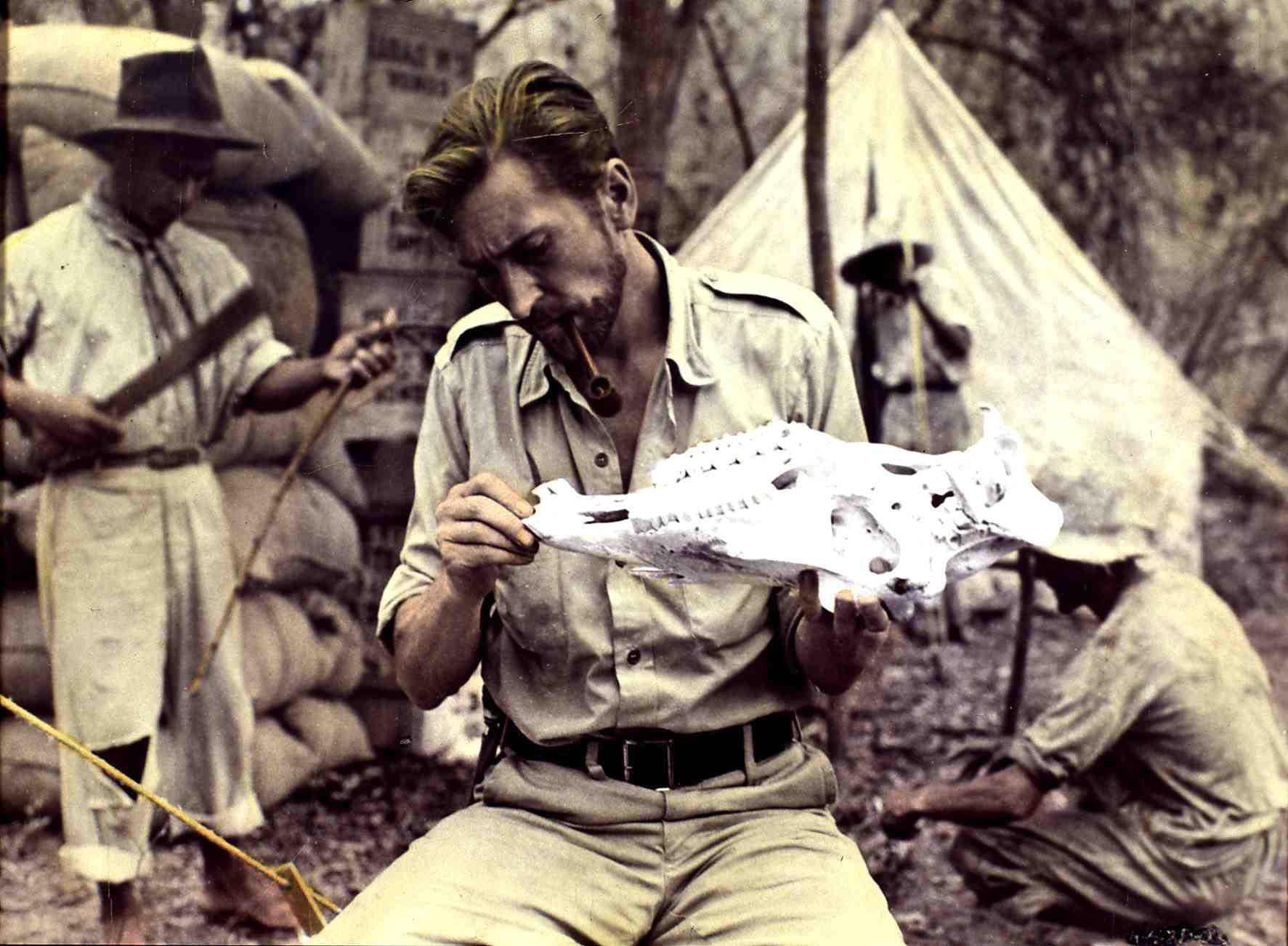
In the first decades of the 20th century, Sir Colonel Percy Fawcett had been acclaimed as one of the last of the great amateur cartographers, travelling to unexplored corners of the globe to fill in the world’s last remaining blank spots with little more than a compass and a lust for adventure.
With a resume which included spells as an archaeologist, military officer and spy, Fawcett was the archetypal globetrotting explorer, and tales of his exploits- which included grappling with snakes, escaping angry tribesmen and braving the perilous wilderness- would become the stuff of legend.
His exploits grabbed headlines around the world and won him a prestigious medal from the Royal Geographical Society. Sir Arthur Conan Doyle wrote the 1912 novel ‘The Lost World’ after becoming inspired by his adventures, and years later, he would provide the basis for the most famous fictional explorer of all time, Indiana Jones.
rainforest, which he dubbed ‘the last great blank space in the world. truly captured his imagination.
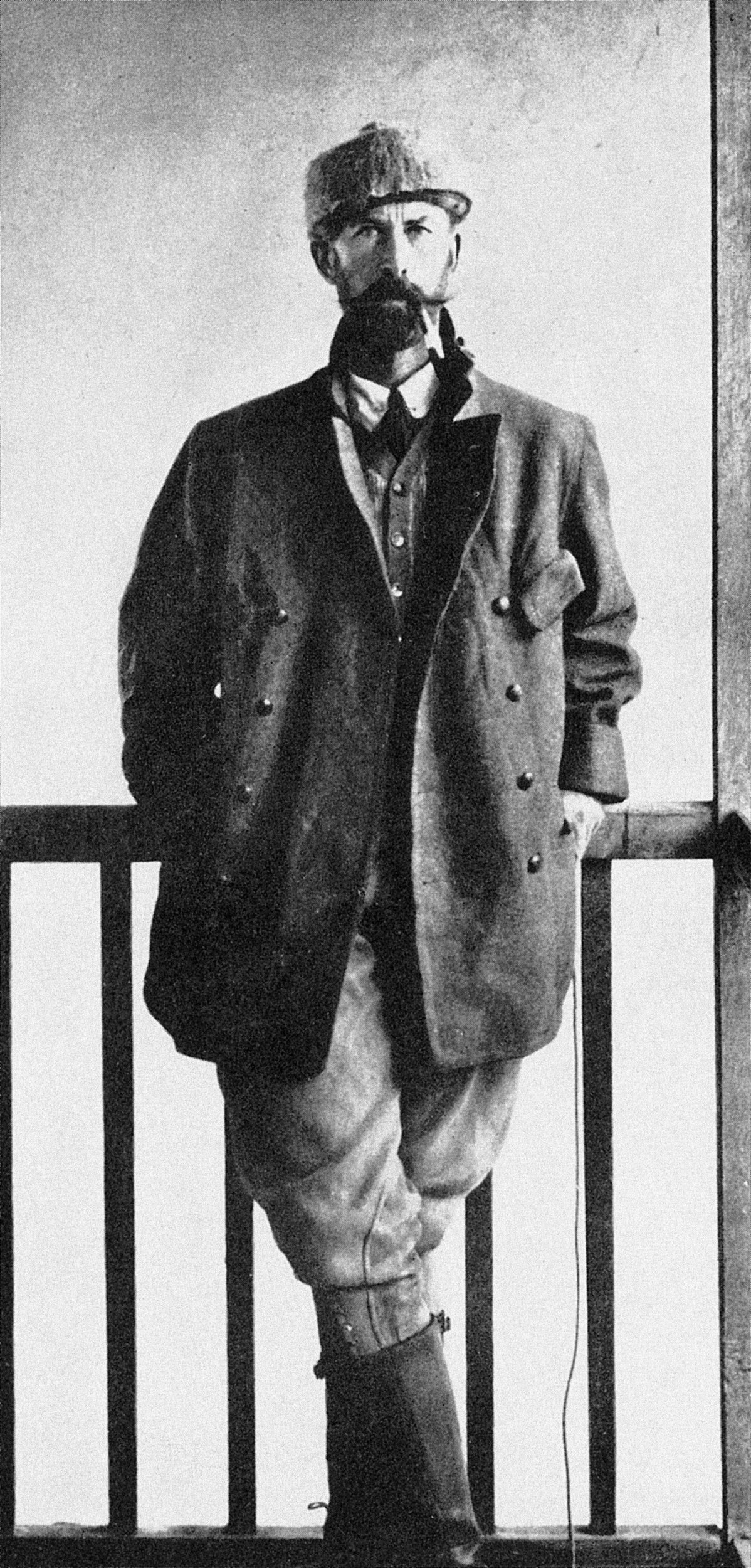
After first exploring the region in 1906, Fawcett would make around a half-dozen trips to the Amazon over the next 20 years, eventually developing a theory that an ancient and advanced city lay in the heart of the rainforest- The Lost City of Z.
Inspired by a series of seemingly-connected trails which led deeper into the jungle and references to a gigantic stone settlement of ‘great size and grandeur’ spoken about by Portuguese Conquistadors in historical records, Fawcett became enthralled by the notion that there was a secret city hiding in the heart of the rainforest, and dedicated the rest of his life to finding it.
As the years went by, Fawcett became increasingly obsessed with finding the hidden city, which he nicknamed ‘Z’, and launched two expeditions to find it in the early 1920s, which failed due to poor weather and exhaustion.
After a further three years of campaigning, he was eventually granted the funds to embark on a third expedition, and despite warnings from experts that he was pursuing a fool’s errand, set off into the heart of the Amazon with his best friend Raleigh Rimell and his 21-year-old son, Jack.
‘We shall return,’ Fawcett told reporters as they departed from Jersey in 1925, ‘and we shall bring back what we seek.’
None of them were ever seen again.
After first sailing into Rio de Janeiro to purchase gear and supplies, the trio made their final foray into the jungle on April 20 1925, battling treacherous conditions every step of the way as they made their way deeper and deeper into the heart of the rainforest.
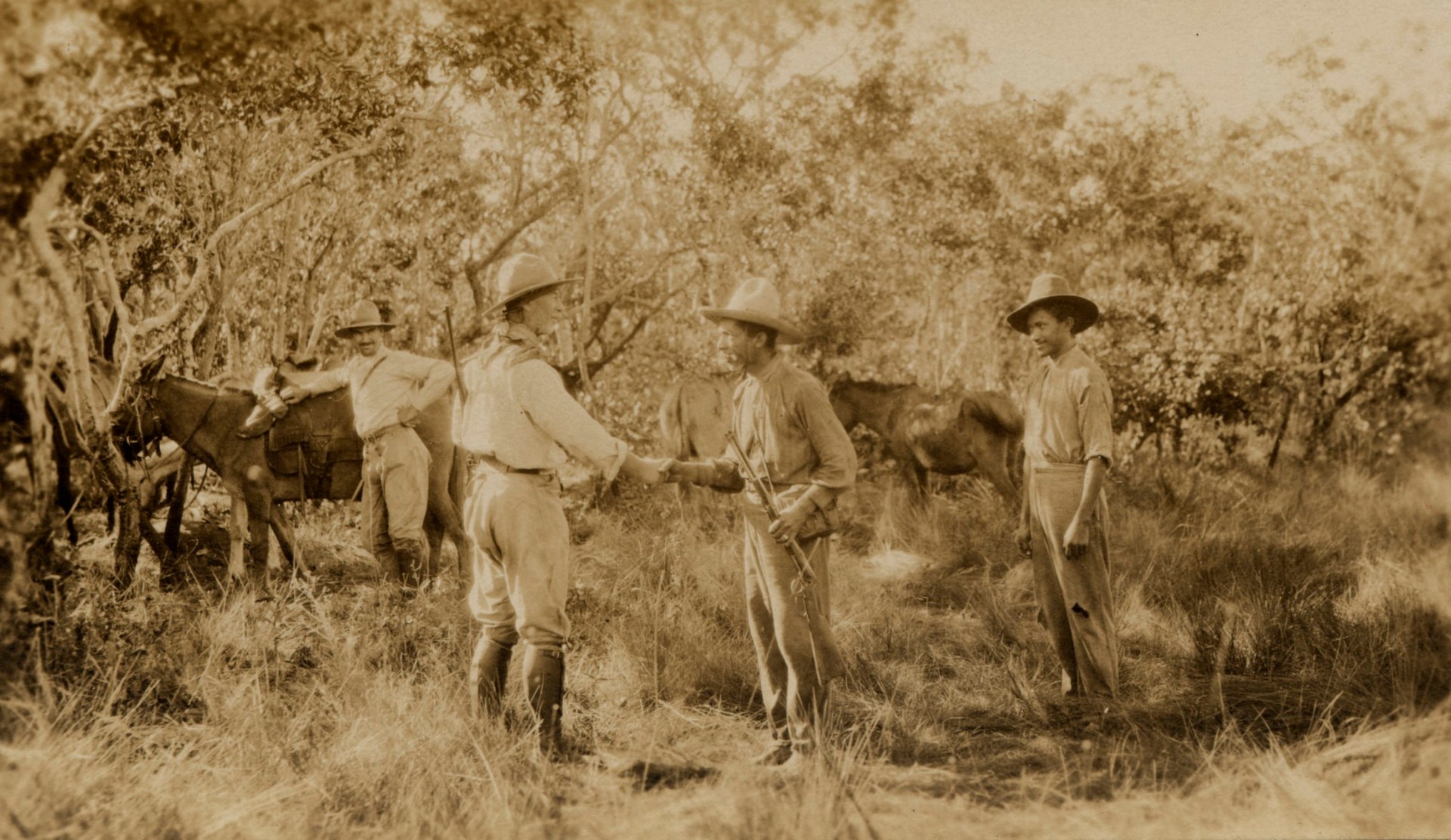
As they pressed ahead, the trio navigated a seemingly endless maze of dense undergrowth, piranha-infested rivers and hostile native tribes, battling swarms of mosquitoes and other blood-sucking insects as they travelled up to 15 miles a day.
On May 29, the team reached ‘Dead Horse Camp,’ a resting spot deep in the jungle where Fawcett had been forced to put down his horse during a previous expedition. The camp was on the very edge of chartered territory, and once the group passed that point they would truly be heading off into the unknown.
Before bidding their guides farewell, Fawcett handed them the last of the expedition’s dispatches, along with a letter to his wife Nine which read ‘Jack is well and fit and getting stronger every day. ‘You need have no fear of any failure.’
The trio then set off into uncharted territory, and were never heard from again.
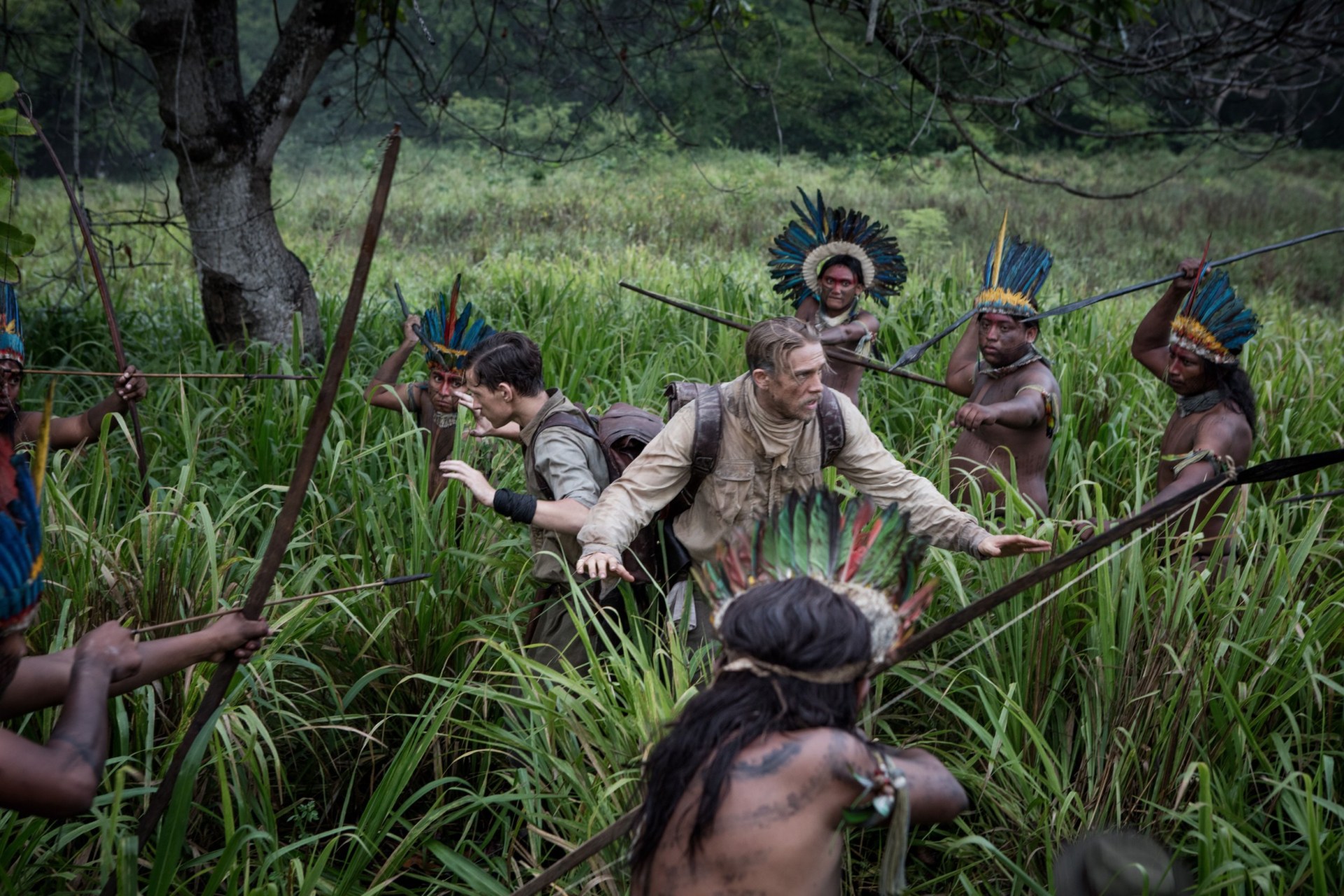
Fawcett had previously warned that his communications would cease once he reached a certain point in his journey, and for the next several months both his family and the media eagerly awaited his next update. But after two years passed without a hint of an update, rumours of the Colonel’s fate started to spread like wildfire.
Some claimed Fawcett had simply perished on the trail. Some said he had found the mystical city of Z and had decided to stay there. Others claimed he had been taken prisoner by natives, while some said he had become king of a tribe of cannibals along the Xingu River.
Whatever the truth was, neither a hint of either Fawcett or the city of Z was ever discovered by the legion of explorers that followed in his wake, and to this day his whereabouts remain unknown.
In 1928, the Royal Geographical Society launched the first expedition to search for Fawcett and his party, but explorers came back empty handed, convinced he had perished. Since then, more than 100 wannabe rescuers and thrillseekers have lost their lives in the Amazon attempting to follow the trail and vanishing without a trace.
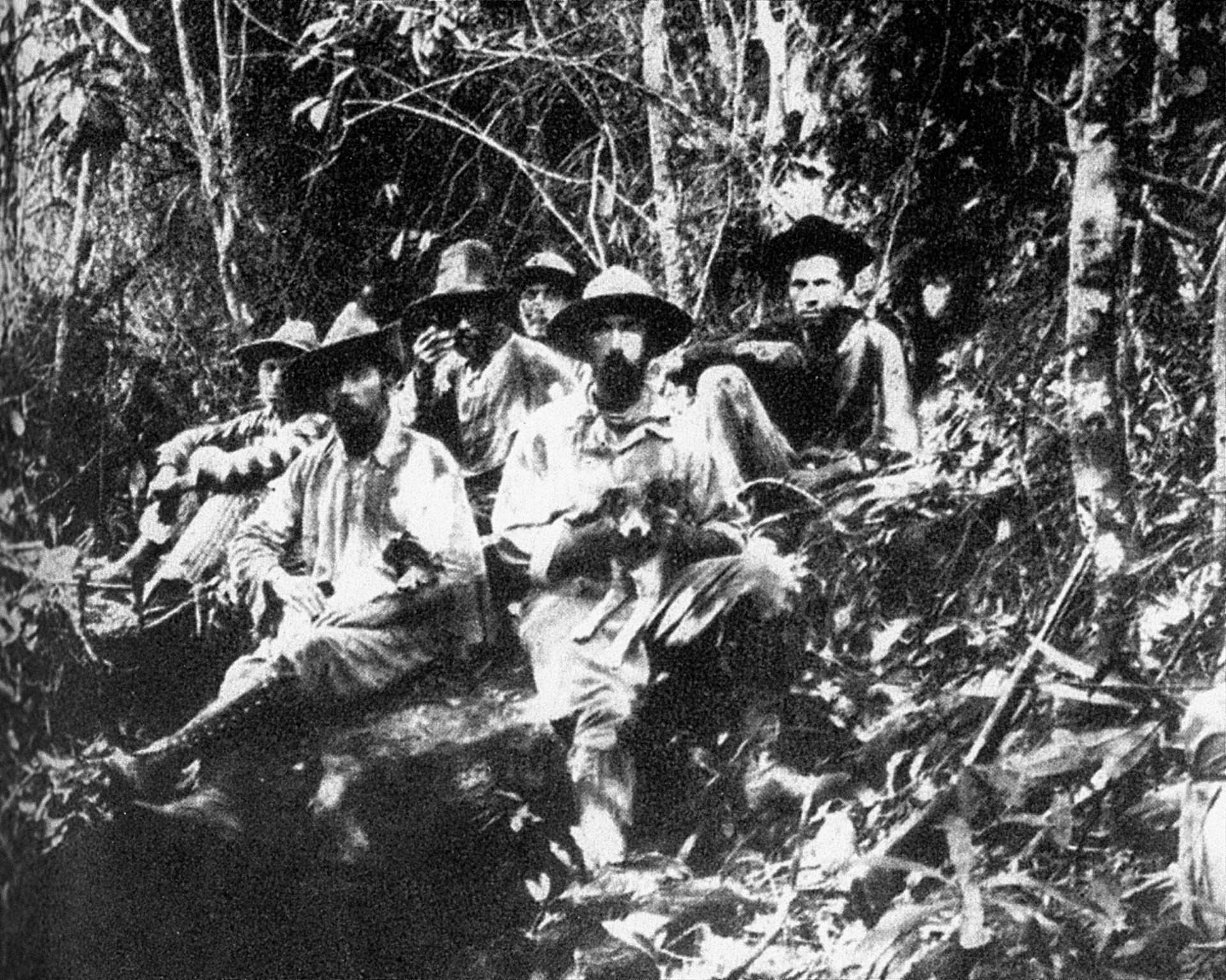
Even as late as 1996, a group of explorers on the trail were taken hostage by a group of hostile tribesmen, and were only released after being ransomed for around $30,000.
Meanwhile, Fawcett’s legacy has continued to endure throughout the years as the last of the great explorers, and his name has become synonymous with courage, curiosity, and the unyielding spirit of exploration. His exploits have inspired generations of adventurers, writers, and filmmakers, serving as the backdrop for numerous books, documentaries, and films.
David Grann’s acclaimed book ‘The Lost City of Z,” published in 2009, brought Fawcett’s story to a new generation of readers, reigniting interest in his quest and reigniting debate over the fate of Z. The subsequent 2016 film adaptation, starring Charlie Hunnam as Fawcett, further cemented his place in popular culture, thrusting his story into the spotlight once more.
Although Fawcett’s fate may never be known, researchers have spent years blaming his disappearance on everything from malaria, to starvation, to a rogue jaguar attack. Some have even suggested that the explorer vanished on purpose, and set up an occult commune in the heart of the jungle.
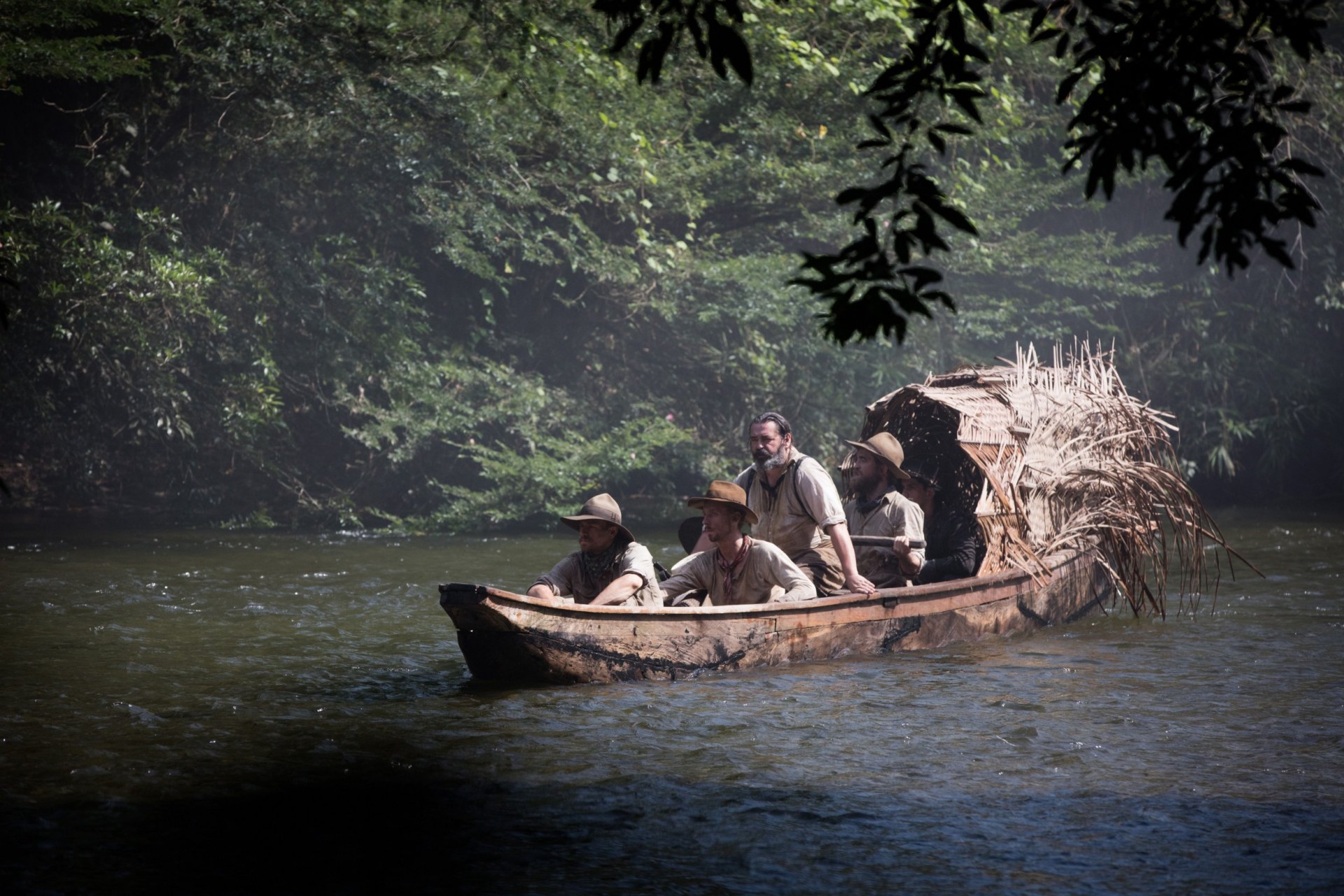
But while the truth remains shrouded in mystery, a rare clue regarding his whereabouts emerged in 2005, when journalist David Grann retraced Fawcett’s path through the Amazon. During a meeting with a local tribe, Grann learned its members had preserved a tale of a meeting with the explorer in their oral history.
According to the tribesman, Fawcett and his crew met with the natives during their expedition but disregarded their warnings about a warlike tribe of ‘fierce Indians’ who resided in a nearby part of the forest, and set off into their territory. When they failed to return, the tribesmen assumed they had been either taken prisoner, or ambushed and killed.
Whatever the truth, the story of Fawcett and the lost city of Z seems destined to remain shrouded in mystery. But although he never proved it in his lifetime, future historians may have vindicated his theories and many archeologists now believe the Amazon was indeed home to dozens of bustling settlements in the centuries before the arrival of Europeans.
Archaeological excavations have since uncovered the ruins of garden cities which contained sophisticated defences, intricate road networks, and ample space to house thousands of inhabitants. These sites were located in the present-day state of Mato Grosso- the same region where Fawcett sought to find his mythical city of Z.
.
.
Vivid Bulletin's News Updates newsletter


Post a Comment
0Comments